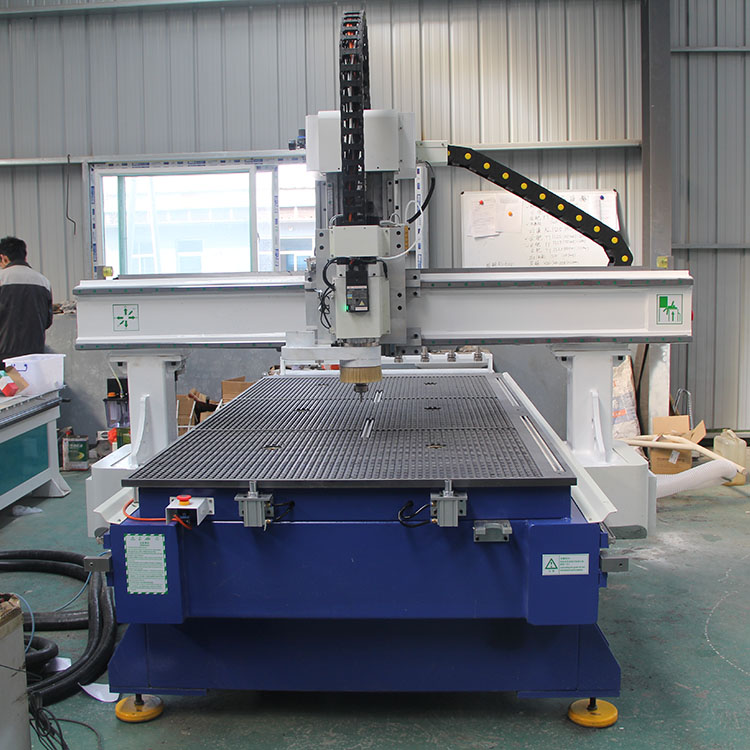
- English
- Español
- Português
- русский
- Français
- 日本語
- Deutsch
- tiếng Việt
- Italiano
- Nederlands
- ภาษาไทย
- Polski
- 한국어
- Svenska
- magyar
- Malay
- বাংলা ভাষার
- Dansk
- Suomi
- हिन्दी
- Pilipino
- Türkçe
- Gaeilge
- العربية
- Indonesia
- Norsk
- تمل
- český
- ελληνικά
- український
- Javanese
- فارسی
- தமிழ்
- తెలుగు
- नेपाली
- Burmese
- български
- ລາວ
- Latine
- Қазақша
- Euskal
- Azərbaycan
- Slovenský jazyk
- Македонски
- Lietuvos
- Eesti Keel
- Română
- Slovenski
- मराठी
- Srpski језик
7 Benefits of CNC Machining
2023-12-04
CNC machining or Computer Numerical Control machining is a manufacturing process that utilizes computer-aided machines to cut metals or other materials into complex patterns and shapes. It has many unique advantages that make it widely used in various industries. One of the outstanding advantages of CNC machining for machinists is that it allows them to reshape and redesign existing parts without having to start from scratch. When they create parts from scratch, they do so through CAD (Computer Aided Design) software, which allows them to create very complex designs with minimal material waste. This method of machining reduces waste and saves money because of the power and automation of computers, rather than relying on human operators. In this article, we will take you through some of the key benefits of CNC machining.

1. CNC machining greatly reduces material waste
CNC machining is not only efficient, but it also minimizes material waste due to its precision and accuracy. As long as the part is properly designed in the computer, the machine itself will almost never make an incorrect cut, so fewer damaged parts will need to be discarded. The machine can handle precise cuts and angles without much waste.
2. CNC machining is more accurate and defect-free
One of the main advantages of CNC machining is accuracy. Because CNC machines receive precise instructions from a computer and the movements are also under computer control, they produce the same results every time and closely match the computer model. This is a huge advantage when manufacturing parts with tight tolerances. This capability almost completely eliminates human error.
3. CNC Machining Provides Faster, More Efficient Production
Another industry-leading advantage of CNC machining is the inherent speed and efficiency of production. CNC machines are capable of producing products faster and more efficiently than traditional methods. This ability can result in significant cost savings and increased productivity.
4. CNC machining makes assembly faster
Because CNC machining is so precise and consistent, matching parts will fit together exactly as they would on a computer. The process is faster than manual machining, and you'll spend less time waiting for parts to be completed. Unless there is a problem with the computer model, all parts will fit together perfectly. This capability can save a lot of time and money during the assembly process because there is not a lot of setup and adjustment required.
5. CNC machining separates machines from people and reduces the possibility of risk
CNC machining eliminates major safety risks on the shop floor. By automating the machining process, you can eliminate many of the dangers associated with manual machining. In addition, CNC machines often have emergency stop switches, which further reduces the risk of injury.
6. CNC Machining Uses Less Energy
CNC machining uses less electricity than older processes, which reduces energy consumption. In fact, CNC machining consumes about one-seventh the energy of traditional machining methods. Compared to most other manufacturing methods, CNC machines not only work faster, but also consume less power per minute.
7. CNC machining reduces production costs
CNC machining is an economical, efficient, and accurate process for manufacturing parts and products. CNC machining also uses less raw material than traditional machining. Focusing your shop on CNC technology will greatly reduce errors, production expenses and product costs.



